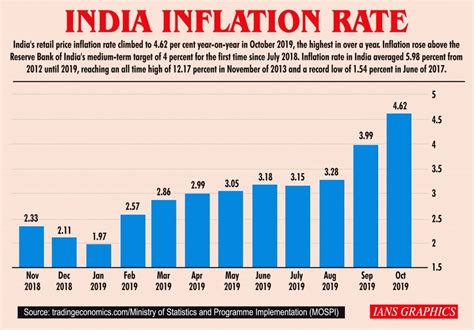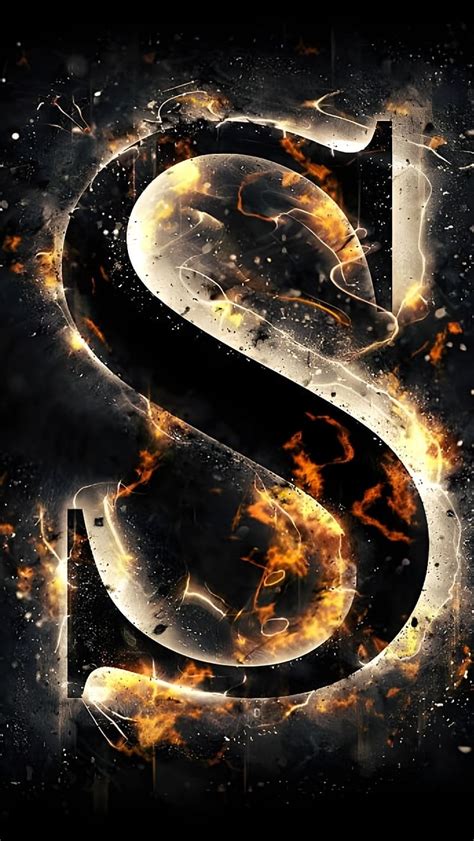Introduction
The realm of trading is awash with decisions, with the choice between a stop order and a limit order standing as one of the most pivotal. Both serve unique purposes, shaping the trajectory of trades in distinct ways. This comprehensive guide delves into the depths of stop vs. limit order, empowering traders with the knowledge to wield these tools effectively in the dynamic market of 2025.

Stop Order vs. Limit Order: A Comparative Analysis
| Feature | Stop Order | Limit Order |
|---|---|---|
| Primary Function | Protect against market volatility | Execute trades at a specific price |
| Price Trigger | Current market price | User-defined price |
| Execution Type | Automatic | Manual |
| Purpose | Limit losses or lock in profits | Enter or exit trades at a desired price |
Types of Stop Orders
- Stop-Loss Order: Designed to limit potential losses by automatically selling (or closing) a position when the market price drops below (or rises above) a predetermined stop price.
- Stop-Limit Order: Combines the properties of both stop and limit orders, triggering a limit order when the underlying asset reaches a specific stop price.
Types of Limit Orders
- Limit Order (Buy): Instructs the broker to buy a specific number of shares at a price equal to or below the limit price.
- Limit Order (Sell): Directs the broker to sell a specified quantity of shares at a price equal to or above the limit price.
When to Use Stop vs. Limit Orders
Stop Orders:
- When protecting profits by locking them in before a sudden market downturn.
- When mitigating losses by selling a position if the market falls below a certain threshold.
Limit Orders:
- When seeking to enter or exit a trade at a predetermined price.
- When executing large orders to avoid market impact.
How to Place Stop and Limit Orders
Placing a Stop Order:
- Determine the stop price that triggers the order execution.
- Select the stop type (stop-loss or stop-limit).
- Choose the stop price and the quantity to be traded.
- Submit the order to your broker.
Placing a Limit Order:
- Set the limit price at which the trade is to be executed.
- Indicate the number of shares to be bought or sold.
- Enter the order type (limit order – buy or limit order – sell).
- Submit the order to your broker.
Effective Strategies Using Stop and Limit Orders
Strategy 1: Risk Management with Stop-Loss Orders
- Place a stop-loss order below the entry price to limit potential losses.
- Adjust the stop-loss price as the market moves favorably to protect profits.
Strategy 2: Precision Execution with Limit Orders
- Use limit orders to enter or exit trades at specific prices.
- Set limit prices at support or resistance levels for optimal entry and exit points.
Strategy 3: Combining Stop and Limit Orders (Stop-Limit)
- Set a stop price to trigger a limit order at a more advantageous price.
- Works effectively in volatile markets, allowing traders to pursue favorable execution while mitigating risks.
FAQs on Stop vs. Limit Orders
Q1: What is the difference between a stop order and a market order?
A: A stop order triggers execution when a certain price is reached, while a market order executes immediately at the current market price.
Q2: When is it best to use a stop order?
A: Stop orders are ideal for risk management and preserving profits in volatile markets.
Q3: How do I choose the right stop price?
A: Consider market volatility, position size, and risk tolerance when determining the stop price.
Q4: Can I cancel a stop or limit order once it’s placed?
A: Yes, you can cancel both stop and limit orders before they are executed.
Q5: Are stop and limit orders risk-free?
A: No, stop and limit orders do not guarantee execution at the desired price. Market conditions and volatility can impact execution prices.
Q6: What are the fees associated with stop and limit orders?
A: Some brokers may charge fees for placing stop and limit orders, depending on the order type and trading platform.
Current Status and Future Outlook
In the realm of trading, stop and limit orders remain indispensable tools, empowering traders with control over position management and risk mitigation. As markets evolve and technology advances, these orders are poised to play an even more crucial role in shaping the future of trading.
New Applications for Stop and Limit Orders
Idea 1: Conditional Trading with Smart Contracts:
Integrate stop and limit orders into smart contracts to automate trade execution based on predetermined conditions.
Idea 2: Algorithmic Trading with Dynamic Order Adjustments:
Develop algorithms that automatically adjust stop and limit order parameters based on market movements, optimizing execution and risk management.
Idea 3: Sentiment-Based Order Triggers:
Analyze market sentiment using natural language processing (NLP) and artificial intelligence (AI) to trigger stop and limit orders based on sentiment shifts.
Conclusion
Understanding the intricacies of stop vs. limit order empowers traders to navigate the ever-changing market landscape with precision and confidence. By carefully considering the nuances of each order type and employing effective strategies, traders can harness these tools to protect profits, minimize losses, and navigate market volatility with an informed approach. As the trading landscape continues to evolve, stop and limit orders will undoubtedly remain indispensable tools, shaping the success of traders in 2025 and beyond.
Useful Tables
Table 1: Stop Order Execution Types
| Type | Execution Trigger | Purpose |
|---|---|---|
| Stop-Loss | When market price drops below (or rises above) stop price | Limit losses |
| Stop-Limit | When market price reaches stop price | Trigger a limit order |
Table 2: Limit Order Execution Types
| Type | Execution Trigger | Purpose |
|---|---|---|
| Limit Order (Buy) | When market price falls to or below limit price | Buy shares at or below desired price |
| Limit Order (Sell) | When market price rises to or above limit price | Sell shares at or above desired price |
Table 3: Choosing the Right Order for Risk Management
| Risk Tolerance | Market Volatility | Order Type |
|---|---|---|
| Low | Low | Limit Order |
| Medium | Medium | Stop-Loss Order |
| High | High | Stop-Limit Order |
Table 4: Fees Associated with Stop and Limit Orders
| Broker | Order Type | Fee |
|---|---|---|
| Broker A | Stop Order | $0.05 per order |
| Broker B | Limit Order | Free for up to 10 orders per month |
| Broker C | Stop-Limit Order | $0.10 per order |



